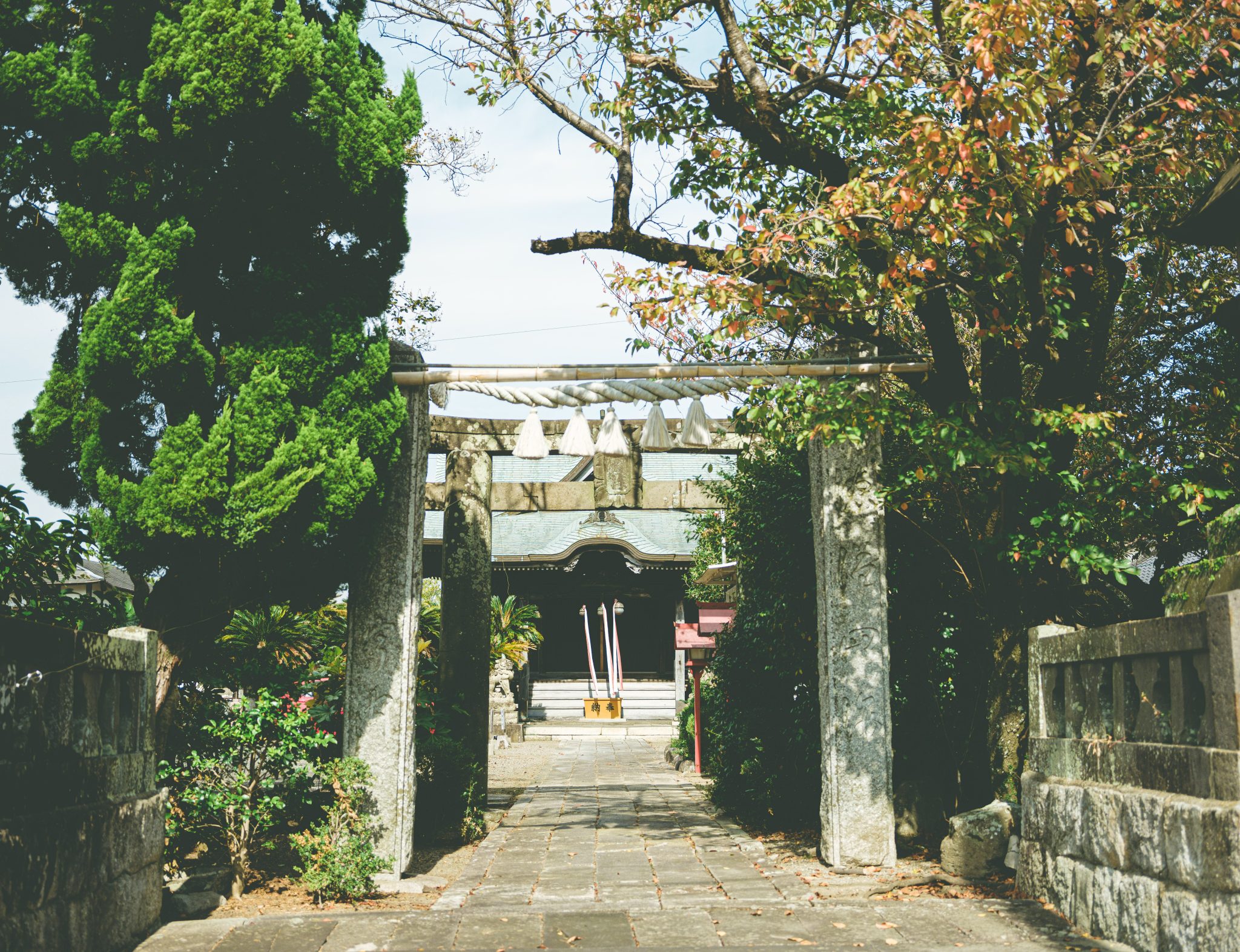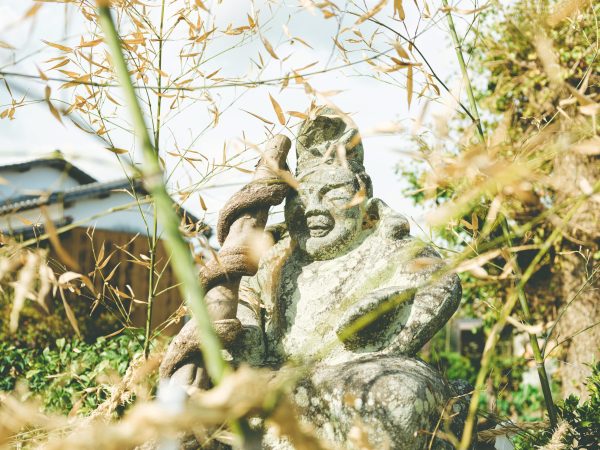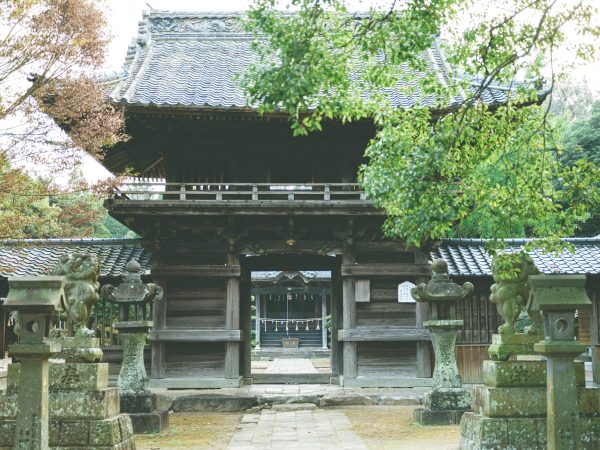
The Soul of Community: Naorai and Towatashi
Beyond the sacred rituals, the joyous naorai, a communal feast, awaits participants. At year-end ceremonies, the towatashi ritual takes place, where the responsibilities are passed to the next group to carry on rituals in the coming year. In a certain district, the festivities even include playful reenactments of business transactions.
Witnessing the joyful camaraderie, one can't help but feel the warmth of human connection, a rarity in modern cities. Here, in Tanushimaru, traditional festivals and rituals continue to fulfill their vital role as a social glue, binding the community together.
Preserving Heritage: Local Festivals and Traditions
Similarly, involvement of community is indispensable for the successful execution of Buddhist ceremonies and festivals at local temples. Examples include the “Ryūō-sama Matsuri” at Ishikakizan Kannon-ji, to pray for rain to bring bountiful harvests, the “Nagare Kanjō” lantern floating ceremony at Amida-ji Temple in Nuta district, and preparing flower decoration by rice-cake for the “Hōonkō” at Jōgyō-ji Temple. The dedicated efforts of local residents keep these cherished traditions alive.
A Living Legacy: Festivals Rooted in Daily Life
Tanushimaru stands out within Kurume City for its remarkable abundance of festivals and traditional events. Remarkably, these events are not mere spectacles but an integral part of daily life, with households within the tonari-gumi and kado neighborhood groups taking turns to organize and participate in the multiple annual events. The fact that most community centers are located within shrine precincts further illustrates the deep connection between shrines and the community.

A Glimpse into the Past: Festivals Rooted in History
From the Yodo summer festival and Shishimai lion dance, to the majestic “Mushi-oi Matsuri” held every three years, it is customary to begin these events with a purification ritual at the shrine or hold them within the shrine grounds. This starkly contrasts with urban areas where festivals are held in schoolyards, parks, or shopping districts. In Tanushimaru, the historical and cultural traditions of the pre-Edo period continue to thrive.
A Labor of Love: Preparations for Festivals
The preparation for festivals is a labor of love, requiring significant time and effort. Even the rice straw used for Shimenawa, the sacred Shinto ropes, is cultivated by the community from a dedicated rice variety. Harvested and dried in autumn, the straw is then meticulously crafted into Shimenawa by hand. For the “Chi no Wa Kuguri” ritual, Kaya, a type of reed, is harvested from the riverbank to create the sacred Chi no Wa (literally means the “Circle of Kaya”). The community then comes together to clean the shrine grounds and approach, raise the Nobori shrine banners, and decorate the shrine before the festivities begin.
Celebrating Life and Community: The Essence of Festivals
Through these festivals, the community prays for bountiful harvests, protection from natural disasters and fire, and expresses gratitude for the harvest. They also celebrate milestones such as children’s Shichi-Go-San when they safely turn seven, five, and three years old, and their school entrance as a community. In Tanushimaru, there is truly not a month without a festival. This abundance may be attributed to the thriving agricultural practices that remain deeply connected to the rhythms of nature and climate.



